By cutting it down at its base over a period of 3-5 years, we can starve the roots, and rid ourselves of this pest.
0 Comments
Rhubarb and burdock have a lot of similarities. Both pop up around the same time in the spring, both flower intermittently, both make huge leaves, both are called elephant ear, both are growing in the orchard, and both are edible. In fact, burdock is a little safer to eat than rhubarb which has a tasty stem, but toxic leaves. They have so many similarities, and one very important difference: burdock spreads and takes over way faster. Keep reading to learn more about these two look alikes. Rhubarb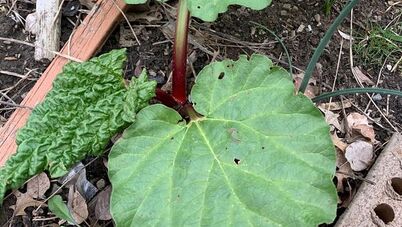 "A Dessert Vegetable" It sounds like an oxymoron, but the tart, fresh taste of rhubarb almost seems to have coevolved with vanilla ice cream. It cooks into a sauce, fills a nice pie, and can be made into bars. But the possibilities for rhubarb only stop with your imagination. Try sauteing some with ramps and nettles and tossing with pasta, olive oil, and capers! Or use it instead of lemon juice to add some tartness to your hummus. Really, any time you think you might want some tartness, you might be able to add some rhubarb. Despite how amazing it is in desserts, it hasn't been used for culinary purposes for all that long. The earliest recorded use of rhubarb is from about 5000 years ago in China where the root was historically used as a laxative. More recently, in ancient Rome and Greece, the dried root was used as an astringent. It wasn't until the 1800's that there are recordings of the plant being used for food in England. Perhaps that's due to the availability of sugar. The stems of the plant are extremely sour due to the high levels of malic and oxalic acid present in the plant. Care and Cultivation The rhubarb that we have in the orchard of the garden has been there for quite a while and is very well established. This means that we don't have to be quite as careful with it as we would if it was younger. However, there are still some things that help it live its best life:
How to Harvest To make sure we keep our rhubarb healthy and happy, it's important to make sure that we're harvesting correctly.
Caution The leaves of rhubarb are toxic to eat. You can cut them off directly into the compost before even taking them inside. Burdock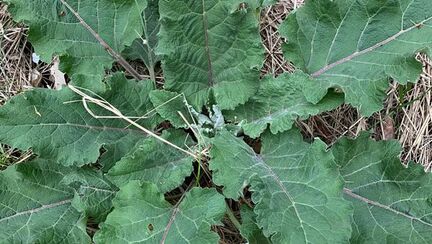 Burdock root, similar to rhubarb root is a widely used medicinal herb, particularly in traditional Chinese and Roman medicine. It has been used for centuries to basically cure what ails you, principally as a diuretic and a diaphoretic. Burdock is native to Europe and Asia, and it thrives on disturbed soils. Because of its aggressive growth, ability to grow just about anywhere, and the massive root that it forms, burdock can quickly become a hard to control weed, blocking out other plants and taking over. Burdock can be eaten though it takes a fair bit of preparation to make it tender enough to chew. It does make a pretty good dip, but really, just about anything floating in cheese will taste good. For the balance of our garden and the success of all of our other plants, it's best to dig out burdock as much as possible. Telling the difference between burdock and rhubarb When young, the most obvious difference between the two plants, is burdock has hairy leaves and rhubarb leaves are smooth. This feature continues as the plants age, and in the mid summer, 2nd year burdock will begin to flower and set seeds. 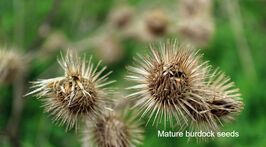 Burdock seeds were the inspiration for Velcro, and if you've ever gotten burdock seeds in your clothes, hair, or pet's fur, it's easy to see why. Each one of those little hooks is attached to a seed that could grow a whole new plant - another reason why burdock is so good at taking over. It's ideal to get burdock out of the garden before it makes these seeds. But at the very least we can cut off the seeds and dispose of them. Happy Gardening!
|
ArchivesCategories |
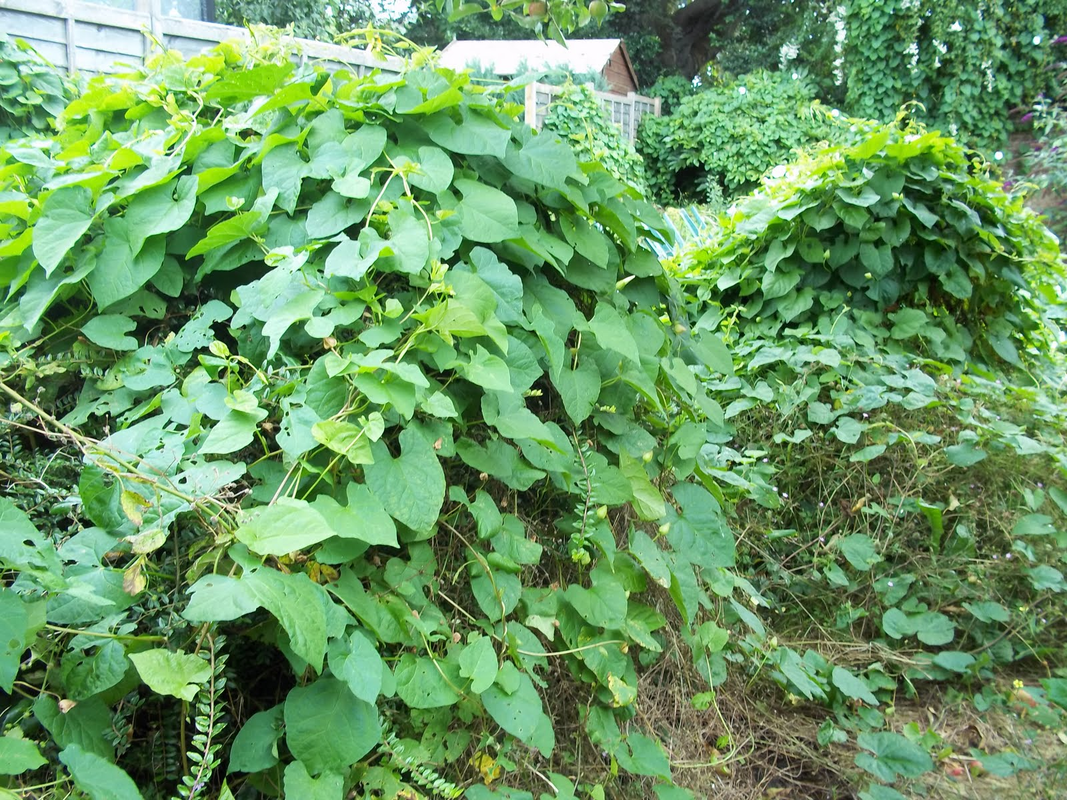
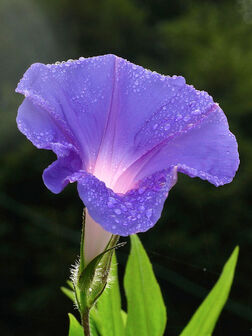
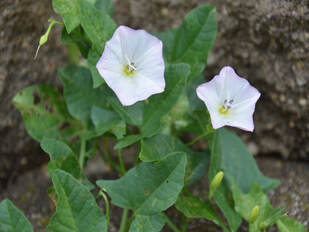
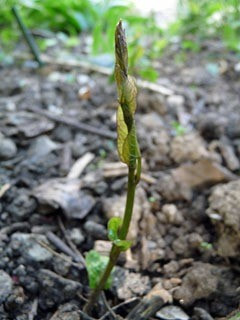
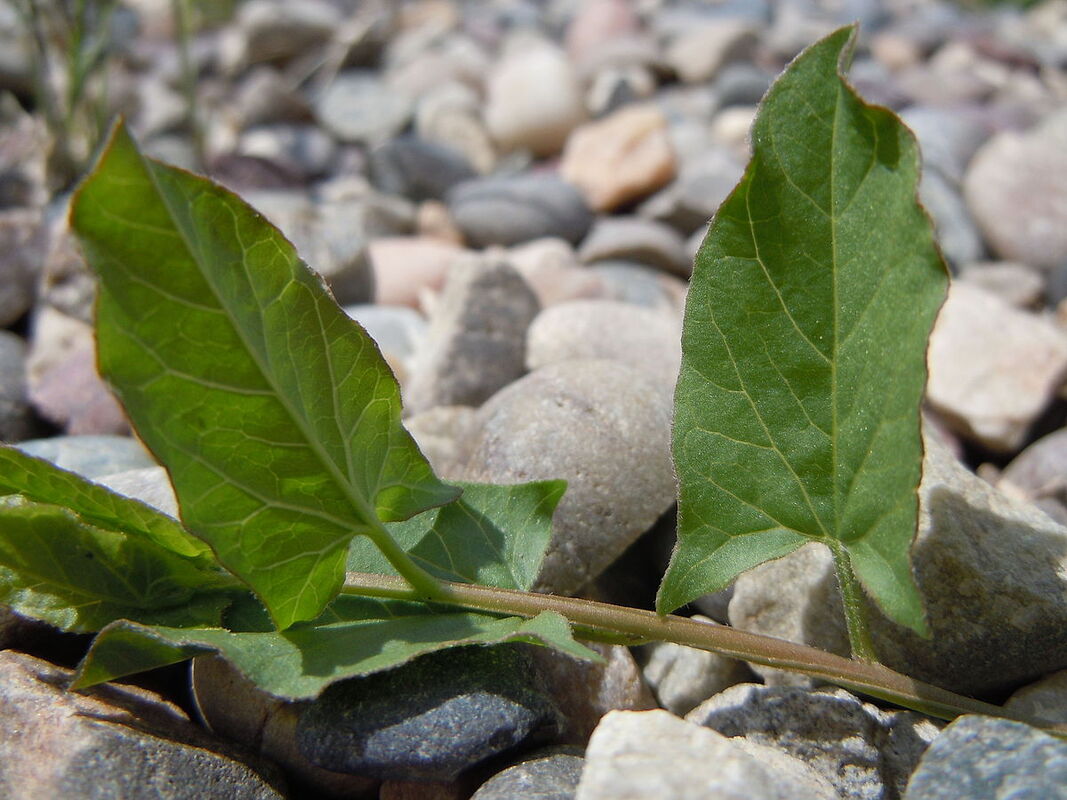
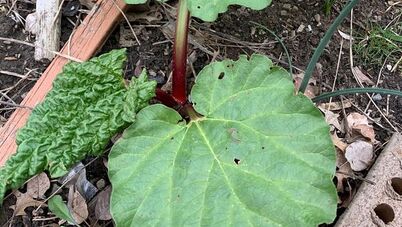
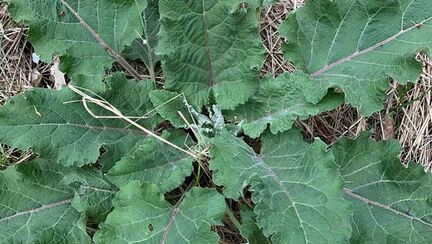
 RSS Feed
RSS Feed
